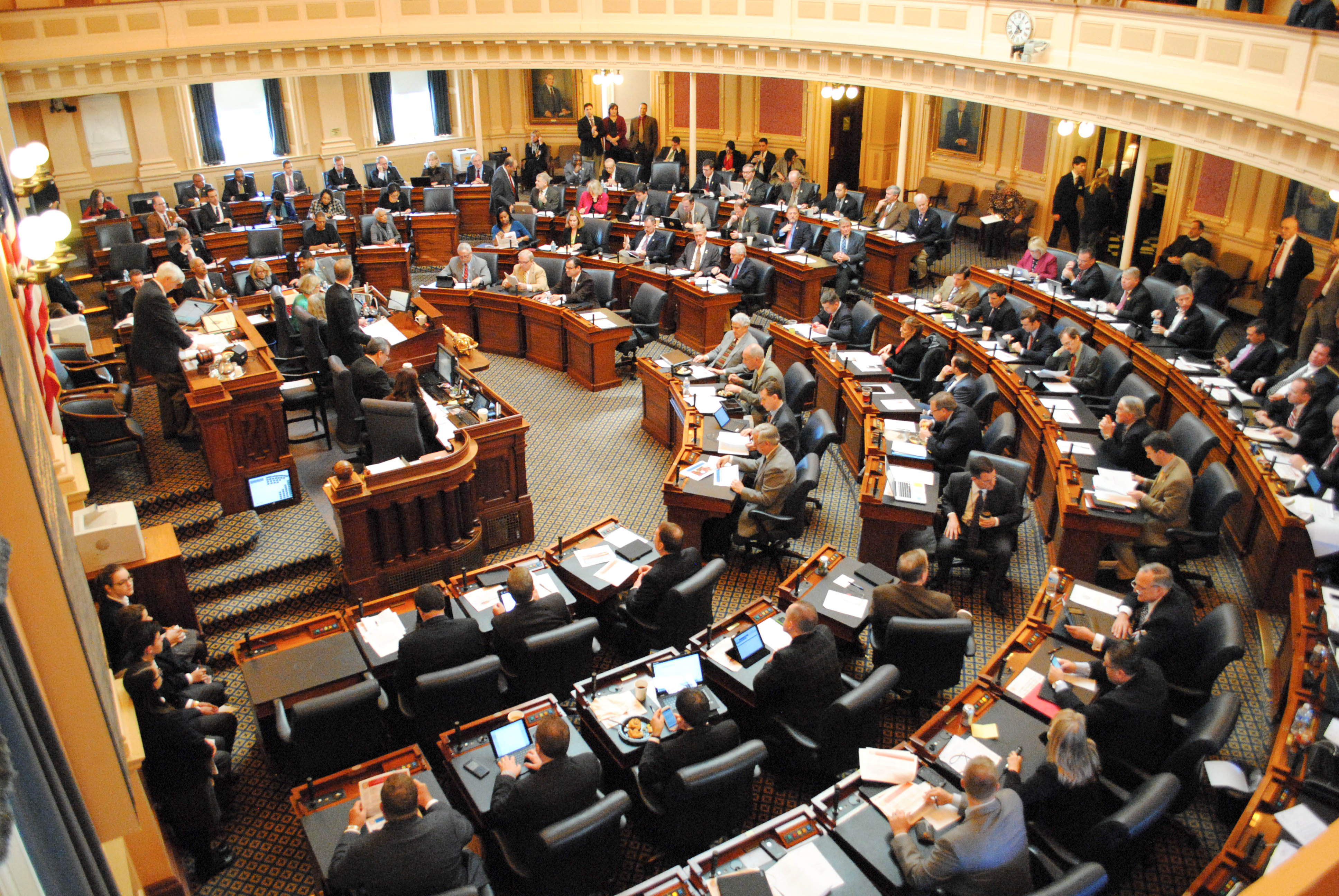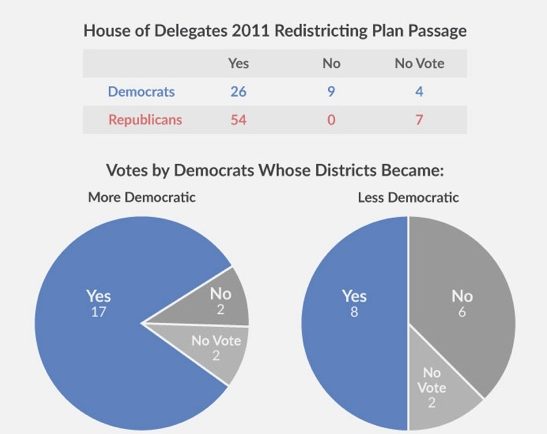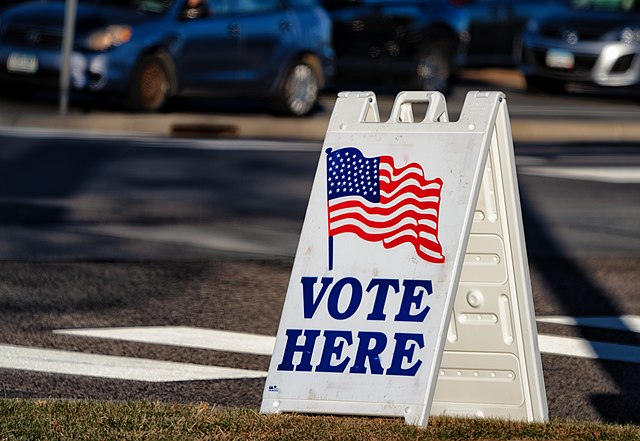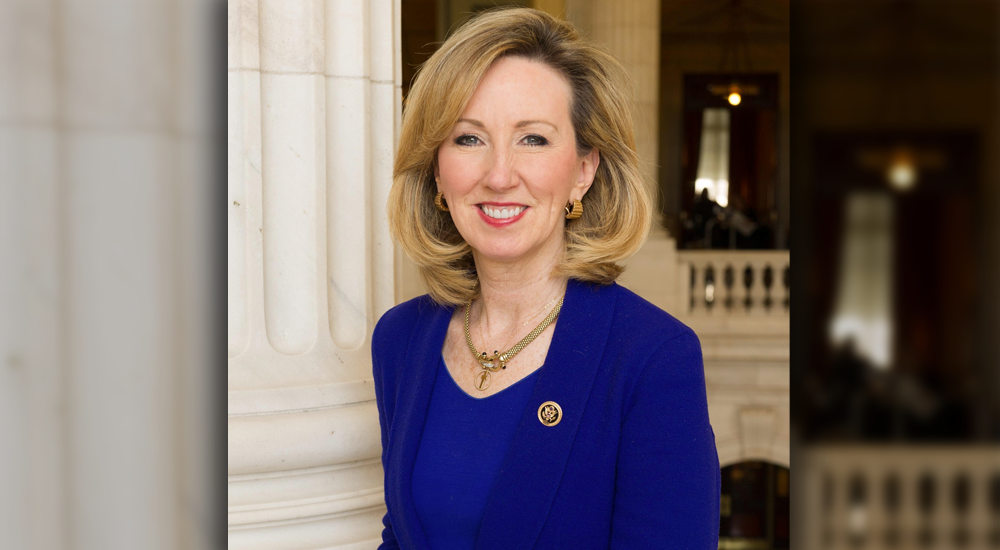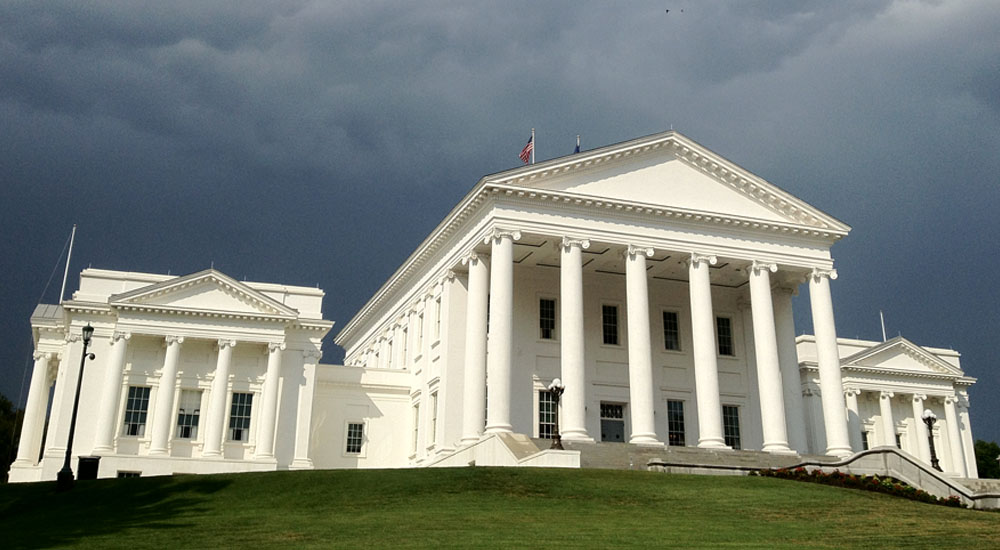In the months-long impasse in the House of Delegates between the two parties on creating a new legislative map following a ruling from a federal court, Democrats have argued that the 2011 redistricting plan drawn by the Republican majority is unconstitutionally racially gerrymandered. Specifically, according to the U.S. District Court for the Eastern District of Virginia, 11 House districts in the Richmond and Hampton Roads metropolitan areas were declared to have “black voters packed in,” allegedly to dilute Democratic votes.
In 2011, House Bill 5005, introduced by plan architect Delegate Chris Jones (R-Suffolk), re-drew all 100 House of Delegates districts and 40 State Senate districts after the 2010 federal census. In that year’s special session, the measure passed the upper chamber with 32 votes and passed the lower chamber with 63, then signed into law in late April by then-Governor Bob McDonnell (R).
The plan also had the blessing of the Virginia Black Legislative Caucus, despite a few of a group’s lawmakers that did not support the 55 percent mark for the black voting-age population (BVAP) in a district, which is justified as a “safe district” under the Voting Rights act of 1965.
Speaker of the House Kirk Cox (R-Colonial Heights), in his capacity as Intervenor-Defendant in the case, stated in his 416- page appeal of the decision made in Bethune Hill v. Virginia State Board of Elections (2017) that the “case is about coopting the federal courts to reverse that informed political decision and hand a political victory to the small minority of delegates who had differing political goals.” He added that the court “considered only racial explanations, and transparently attempted to shield its one-sided conclusions from review by labeling them findings of fact and credibility.”
“That is paradigmatic clear error,” Speaker Cox said.
Nevertheless, the timeline in 2018 over the redistricting fight as been dominated by politically-charged moments that have placed both the legislative GOP majority and the Democratic executive branch at great odds.
The most notable moments include:
The original Democratic lawsuit challenging the 2011 map, a federal court ruling part of the map unconstitutional racially gerrymandered, a motion filed to the Supreme Court by Republicans, a mysterious map maker hired by Democrats, a “politically-neutral, race-blind” remedial map from Republicans, a scheduled vote in Richmond after a bipartisan agreement, a promise to veto the new plan by Governor Ralph Northam (D), a judicial contingency plan, a “special master” to re-draw the districts, an announcement that the Supreme Court will hear the redistricting case from Republicans in the Spring, Speaker Cox calling for a stay on the judicially-mandated map pending the high court decision and to move back 2019 House primaries, and then the denial of that request.
So, with that being said, many must be asking: why did Democrats vote for the plan in 2011 anyways? Couldn’t this have been dealt with seven years ago?
The plan was passed with Democratic votes was because the the way in which the legislative map was drawn, in fact, helped Democrats. Even the Virginia Public Access Project (VPAP) admits this, saying that under the redistricting plan that has since been struck down by the Eastern District of Virginia, Democrats “actually received more favorable districts.”
According to VPAP:
“Media coverage of a 2011 redistricting plan crafted by House Republicans focused on a dozen or so Democratic incumbents who were targeted politically. Less attention was given to the fact that most House Democrats actually received more favorable districts. This may help explain why so many Democrats voted in favor a plan, which is now subject of a Democrat-funded lawsuit. An analysis of the bill’s passage shows that Democratic lawmakers who gained politically were far more likely to vote yes.”

